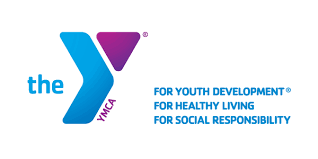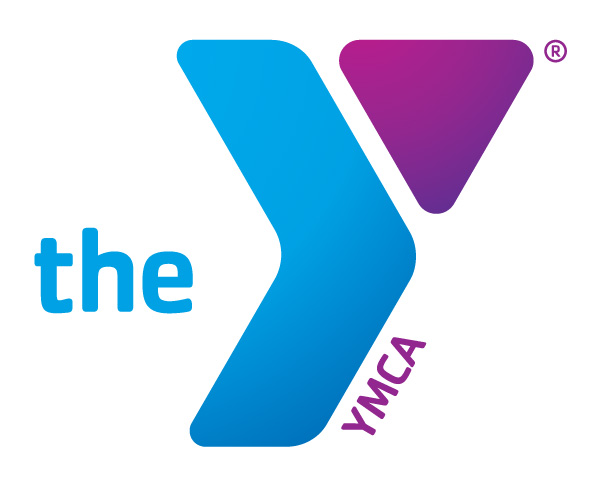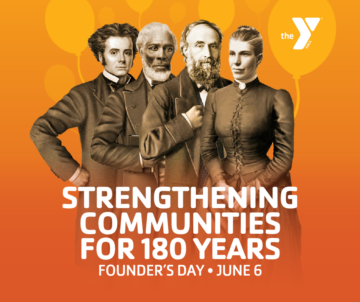June is Pride Month, and the Y is celebrating our commitment to diversity and inclusion, as well as uplifting the contributions and achievements of LGBTQ+ individuals within our Y community!
LGBTQ+ Leaders in History
Christine Jorgenson
Christine Jorgensen, who was named George Jorgensen at birth, grew up and lived in the Bronx, New York. Jorgensen said she felt like a woman stuck in a man’s body. She heard about a doctor in Copenhagen who was carrying out gender therapy. After hormone therapy and sex reassignment surgery in Europe, Jorgensen returned to the US in the 1950s as Christine.
Bayard Rustin
The March on Washington with Martin Luther King, Jr., Bayard Rustin is the person who actually organized the massive event. In fact, Rustin is the one who taught Dr. King about Gandhi’s belief in non-violence and civil disobedience. Rustin was also an openly gay man, so he often spoke about the importance of fighting for LGBTQ rights. He shifted his focus from civil rights to LGBTQ activism in the ’80s.
Barbara Gittings
Barbara attempted to normalize homosexuality in the early days of the Movement. She focused on lesbian rights and started its New York chapter. Gittings began editing the Ladder, one of the first magazines by and for lesbian women. She was a strong advocate in reversing the American Psychiatric Association’s belief that homosexuality was a mental illness.
Harvey Milk
Harvey Milk was one of the first openly gay politicians to ever be elected in California. While on San Francisco’s Board of Supervisors, Milk made a name for himself as a prominent, outspoken LGBTQ activist. Milk predicted his death by saying, “If a bullet should enter my brain, let that bullet destroy every closet door in the country.” He was assassinated in 1978 in City Hall.
Gilbert Baker
In 1978, Harvey Milk asked his friend Gilbert Baker to make a symbol that would represent gay pride. Using the U.S. flag as inspiration, Baker hand-sewed a rainbow flag. He said each color on the flag represented something that was important to the community. The rainbow pride flag was first flown in San Francisco on June 25, 1978, for Gay Pride Day.
Larry Kramer
Larry Kramer was on the frontlines of the AIDS epidemic, trying to bring attention to the disease gay men were facing. In 1981, he created the Gay Men’s Health Crisis organization in New York, which was the only group devoted to helping those affected by HIV/AIDS. He later created Act Up (AIDS Coalition to Unleash Power), which was an organization that held demonstrations. In the ’80s, he wrote the play “The Normal Heart,” which chronicled his experience in AIDS activism.
Sylvia Rivera
After taking her place in history at the Stonewall Riots, Sylvia Rivera joined forces with her friend Marsha P. Johnson to create Street Transvestite Action Revolutionaries. Rivera experienced drug addiction, incarceration, sex work, and minority inequality, and fought for the rights of many marginalized groups.
Edith Windsor
Edith Windsor’s wife, Thea Spyer, died in 2009, igniting a court battle that would change LGBTQ rights forever. The federal government did not recognize Windsor and Spyer’s marriage, so Windsor was left to pay $350,000 in estate taxes. She waged a war against the Defense of Marriage Act (DOMA) in court. The case went all the way up to the Supreme Court, which ruled that Section 3 of DOMA was unconstitutional, paving the way for the legalization of same-sex marriage.
Cleve Jones
Cleve Jones has been instrumental in the fight for LGBTQ+ rights for the past five decades, including involvement in the Gay Liberation movement in the 1970s, being mentored by Harvey Milk, conceiving of the AIDS Memorial Quilt, co-founding the San Francisco AIDS Foundation, and working on behalf of marriage equality. Jones’s story is portrayed in When We Rise, an ABC mini-series.









